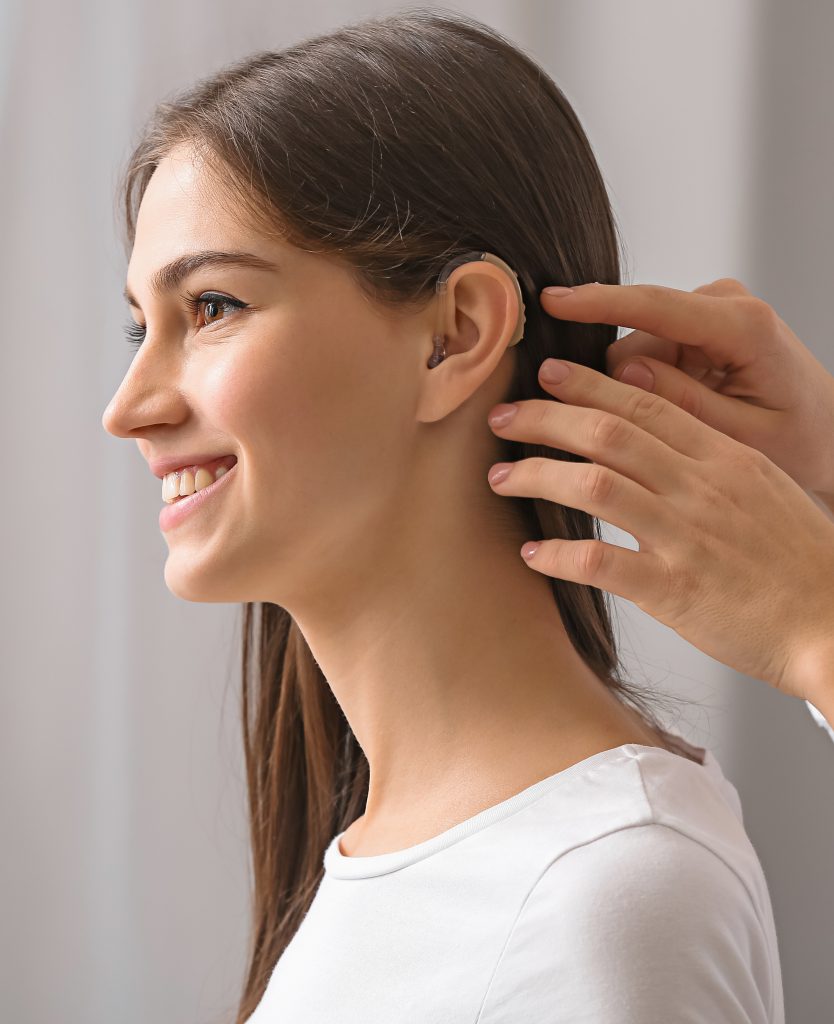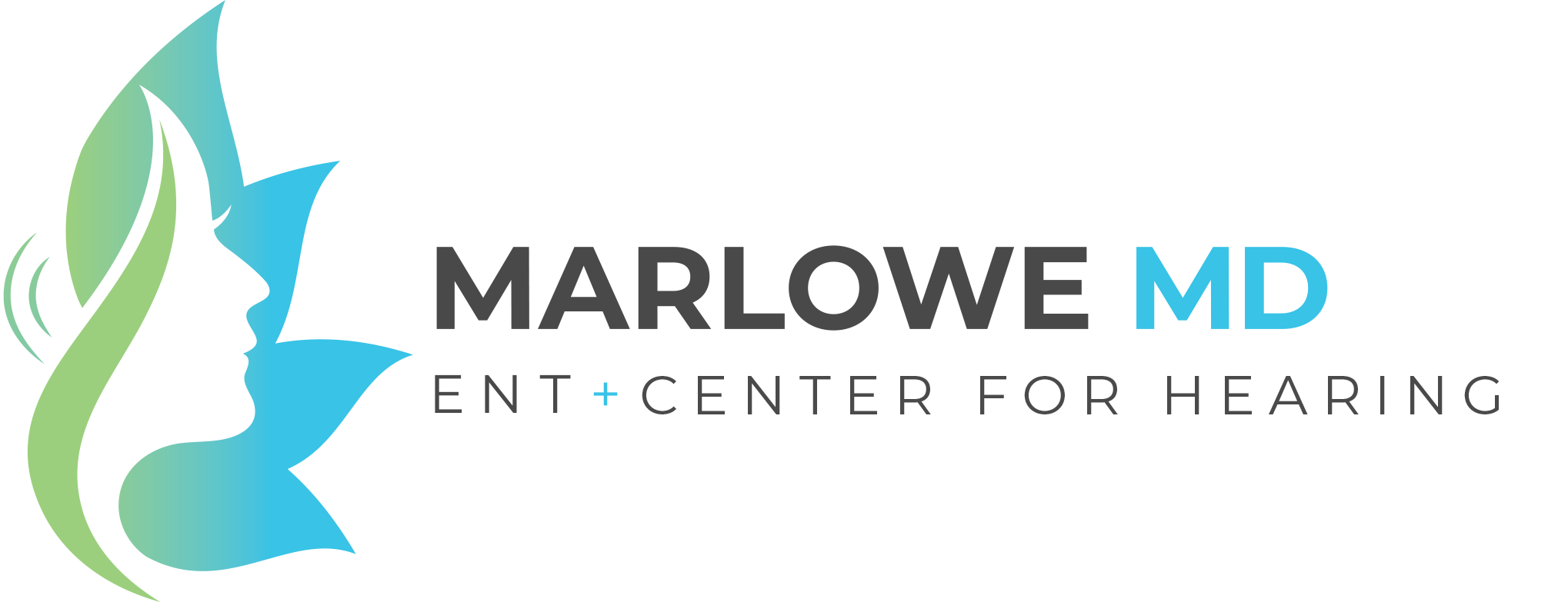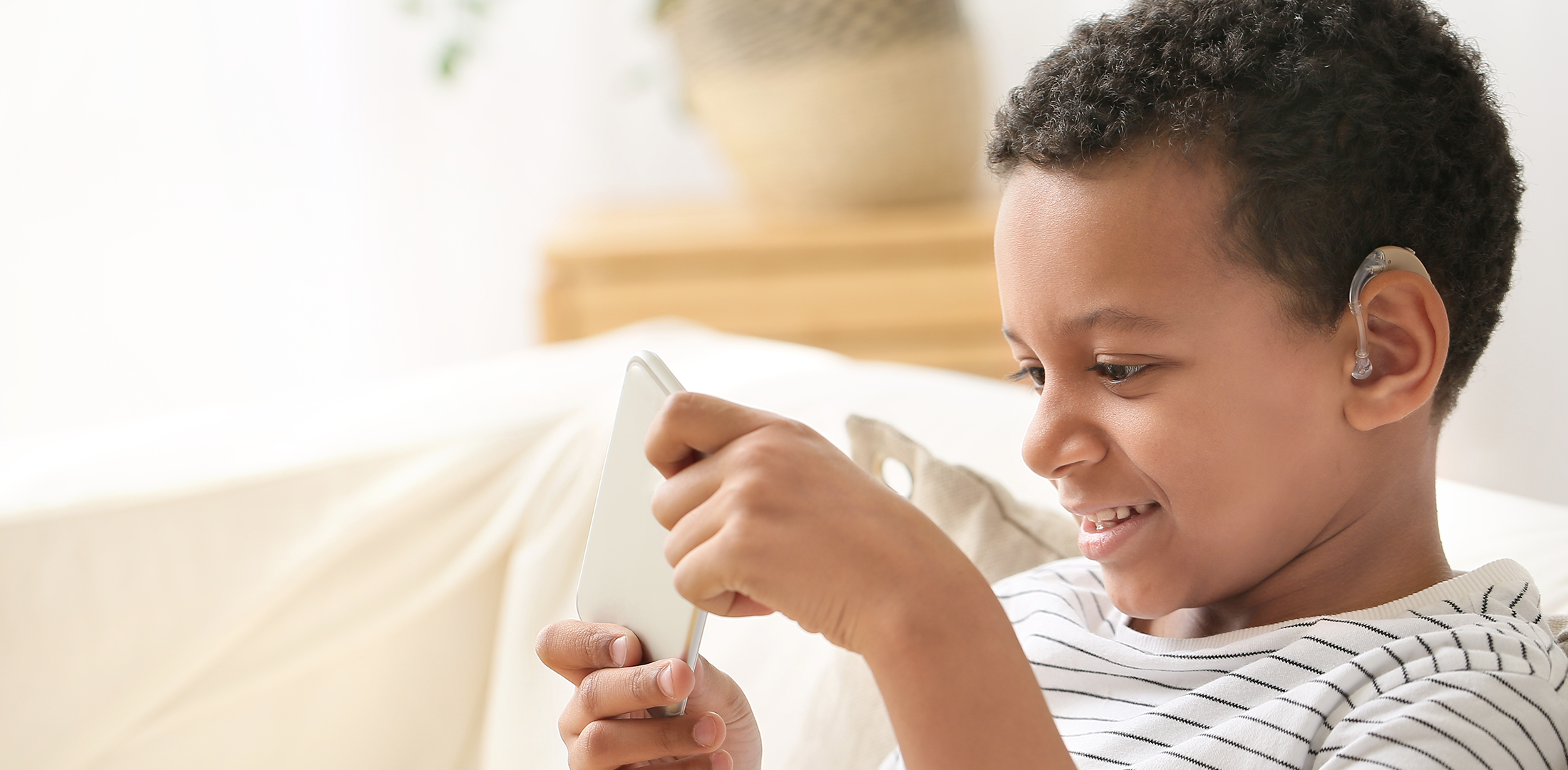Advanced Solutions for Hearing Loss
Hearing loss can impact your daily life, making communicating, enjoying conversations, or engaging in your favorite activities difficult. At Marlowe MD Hearing Center in Sarasota, Florida, we provide advanced hearing aid solutions to help restore clarity and improve your quality of life. Our expert audiologists specialize in finding the proper hearing aids tailored to your needs, ensuring comfort, effectiveness, and long-term hearing health.
Find the Right Hearing Aids for Your Lifestyle
Hearing aids come in various styles and technologies, and choosing the right one depends on your level of hearing loss, lifestyle, and personal preferences. Our audiologists conduct comprehensive evaluations to determine the best hearing aid for you. Whether you need a discreet, nearly invisible device or a high-powered hearing aid for profound hearing loss, we offer a range of options to fit your unique needs, including pricing.
Modern hearing aids enhance speech clarity, reduce background noise, and provide seamless connectivity with smartphones and other devices. Many models feature rechargeable batteries, Bluetooth compatibility, and automatic adjustments to different listening environments. Our Sarasota audiology team will guide you through the selection process to ensure you receive the best hearing aid for your daily activities.

Expert Hearing Aid Fittings and Adjustments
A properly fitted hearing aid is essential for comfort and performance. Our audiologists at Marlowe MD Hearing Center provide professional hearing aid fittings to ensure your device is customized to your ear shape and hearing needs. During your fitting, we will carefully adjust the hearing aid settings based on your hearing test results to optimize clarity and comfort. The fitting process ensures the hearing aid sits securely in place while providing the best amplification for your level of hearing loss.
Once the hearing aid is in place, our audiologists will guide you on how to properly use and maintain your device. This includes understanding volume adjustments, battery changes or charging procedures, and cleaning techniques to ensure long-term performance. If you already wear hearing aids but are experiencing discomfort or reduced effectiveness, we offer adjustments and fine-tuning to enhance your hearing experience. Regular follow-up visits allow us to make necessary modifications so that your hearing aids continue to provide the best results.
Hearing Aid Repairs and Maintenance
Over time, hearing aids may require repairs or maintenance to function at their best. Our Sarasota audiologists provide expert hearing aid repairs, whether you are dealing with a malfunctioning device, poor sound quality, or physical damage. Hearing aids are delicate devices; even minor issues can impact their effectiveness. Our team is experienced in diagnosing and fixing various problems to restore full functionality.
Routine maintenance and cleaning also play a key role in ensuring your hearing aids perform optimally. We offer professional cleaning services to remove any buildup of earwax or debris that may interfere with sound quality. If your hearing aid is not performing as expected, our team will assess the issue and provide timely repairs or adjustments. In cases where a hearing aid is beyond repair, we will help you explore replacement options that best suit your needs.

The Benefits of Treating Hearing Loss with Hearing Aids
Untreated hearing loss can impact more than just your hearing ability—it can affect your social interactions, cognitive function, and overall well-being. Wearing hearing aids helps improve your ability to engage in conversations, enjoy music and television, and maintain connections with friends and family.
Studies have shown that hearing aids can also help reduce the risk of cognitive decline by keeping the brain actively engaged in processing sounds. When hearing loss is left unaddressed, the brain must work harder to interpret sounds, leading to mental fatigue and, over time, an increased risk of memory problems. By restoring auditory input, hearing aids help maintain cognitive sharpness and improve mental clarity.
Beyond cognitive benefits, hearing aids also contribute to better balance and reduced feelings of isolation or frustration. Many individuals with untreated hearing loss withdraw from social activities due to difficulty understanding speech in noisy environments. With properly fitted hearing aids, you can regain confidence in social settings and fully participate in conversations without strain or miscommunication.
Schedule a Hearing Aid Consultation in Sarasota, Florida
If you are struggling with hearing loss, the proper hearing aids can make a significant difference. We provide expert audiology care, personalized fittings, and ongoing support at Marlowe MD Hearing Center to help you hear more clearly. Contact our Sarasota clinic today to schedule an appointment with our audiologists and explore your hearing aid options. Taking the first step toward improved hearing can enhance your quality of life and restore your connection to the sounds you love.

